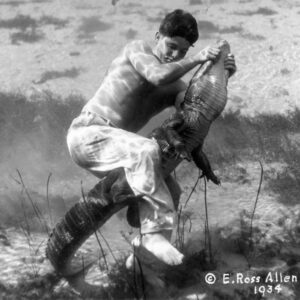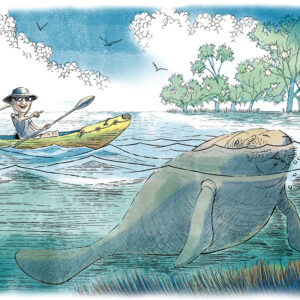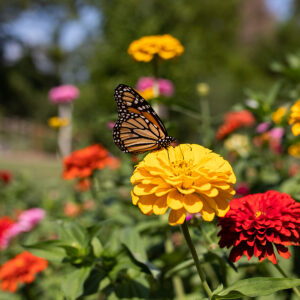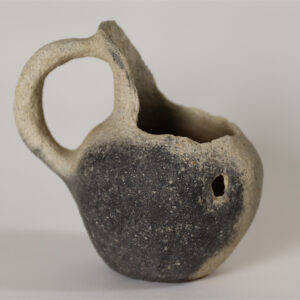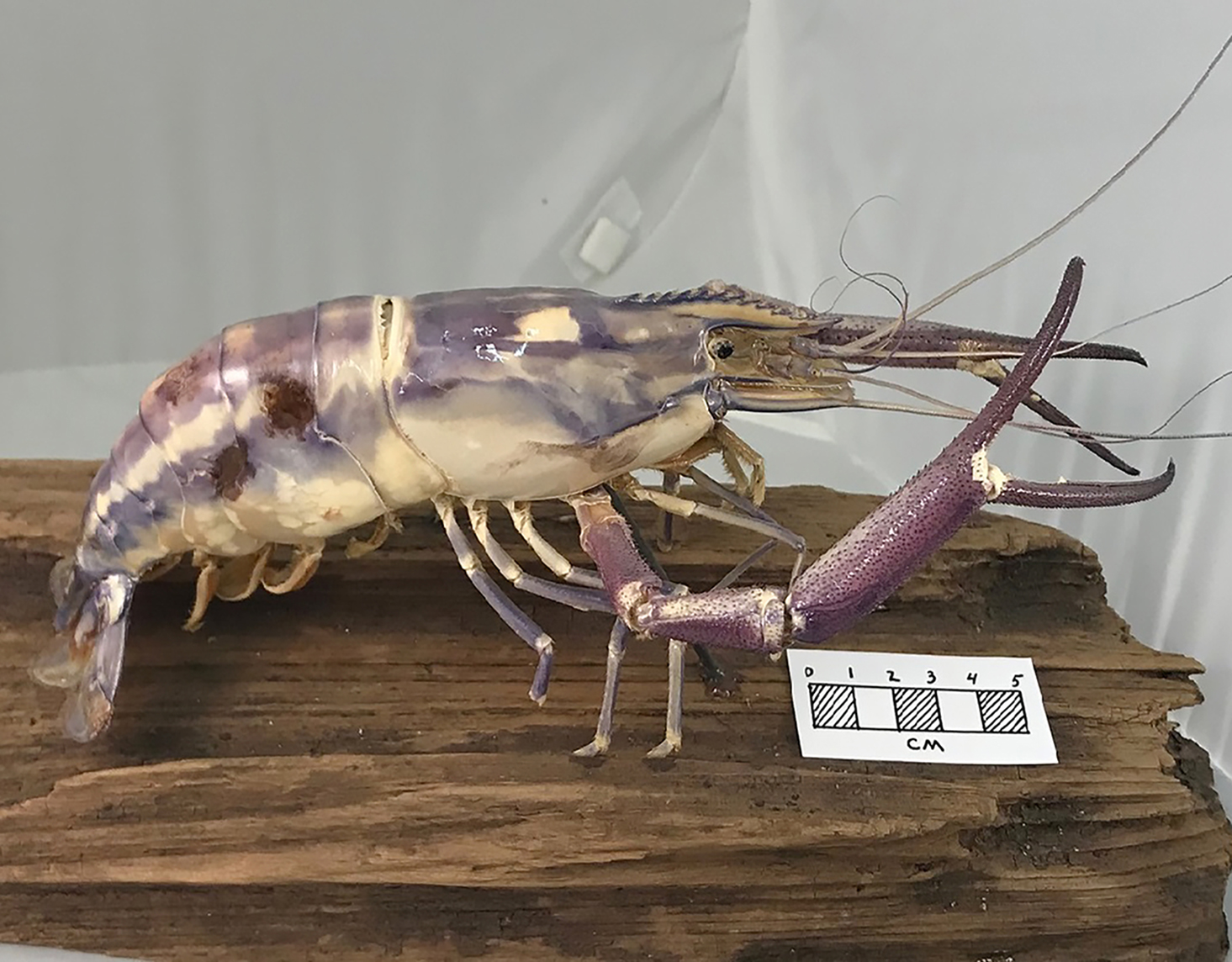
Marion County is blessed with large expanses of natural areas that are home to a variety of fascinating wildlife. Time spent outdoors may yield glimpses of the black bear, wild turkey, white-tailed deer, American alligator and a multitude of birds, fish and reptiles. However, hidden creatures exist, or in some cases used to exist, all around us. While a complete list could fill a book, the pocket gopher, big-claw river shrimp, American eel and Eastern whip-poor-will are wonderful examples.
Southeastern pocket gophers live almost all of their lives underground. They look a bit like big hamsters (although I’ve never actually seen one myself). Built for a subterranean existence, they have lips that close behind their teeth to keep dirt out of their mouths and strong front legs for digging. The “pocket” in their name refers to cheek pockets, or pouches, used to carry food. They live in open sandy habitats and create noticeable mounds as they push dirt up from their tunnels to the surface, a characteristic that has earned them the nickname name “sandy mounders,” or “salamanders” in local critter slang. Southeastern pocket gophers are solitary animals that rarely, if ever, come to the surface.
The big-claw river shrimp is the largest freshwater river shrimp species found in Florida. These now rare crustaceans used to be common in the Silver River. Their bodies can reach 12”, not including the claws, and they look more like small lobsters than shrimp. They are aggressive towards one another, so much so that local efforts at farming them failed because they kept killing each other. The shrimp must migrate downriver to lay their eggs in salt or brackish water. In the 1930s, plans were started for a shipping canal across Florida from the Gulf of Mexico to the Atlantic Ocean. The construction of the Rodman Dam and locks on the Ocklawaha in 1968 as part of the canal project effectively blocked the shrimp’s migration route and they all but disappeared from the spring-fed waters of the Silver River.
Another victim of the Rodman Dam and locks is the nocturnal and secretive American eel. This slender fish is the only species of freshwater eel found in North America. Eels were once common in Atlantic coastal rivers and streams. They are valuable as a source of food for people and animals alike. These unique fish live most of their lives in freshwater rivers, but migrate out to the ocean to reproduce. Young eels then return upriver to miraculously repeat the cycle. They are covered with mucous, which makes them very slick. The slimy layer protects them from infections and parasites and is also the reason for the phrase “slippery as an eel.”
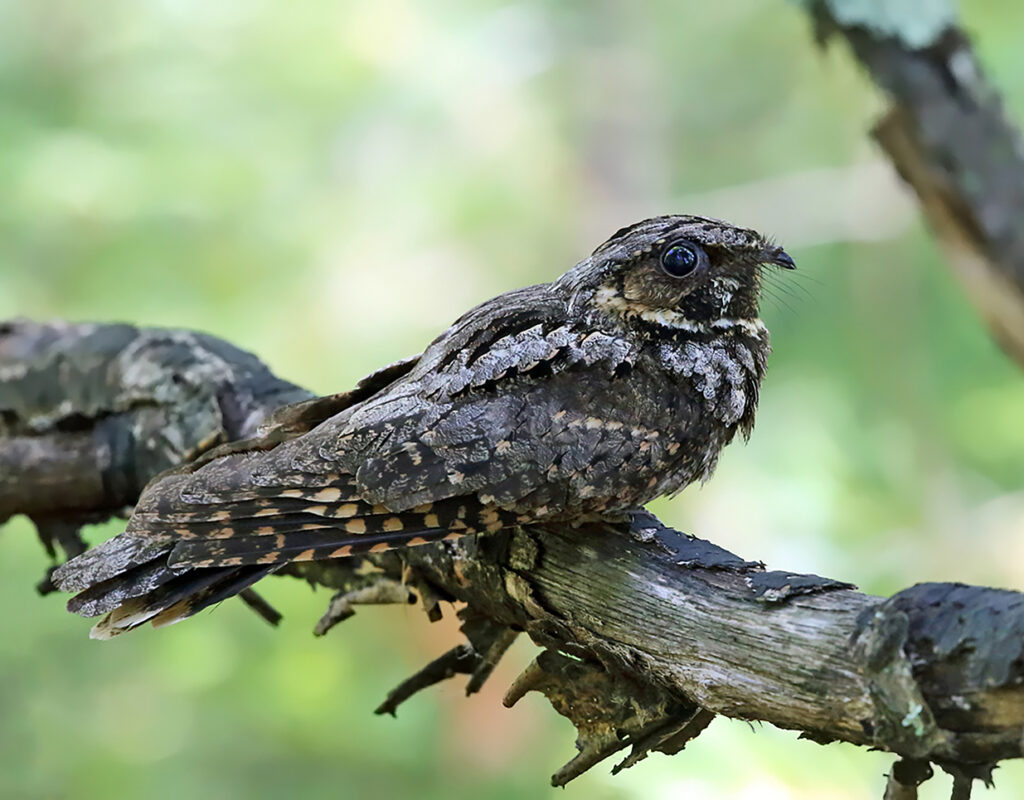
Like the pocket gopher, the Eastern whip-poor-will is present but seldom observed. Whip-poor-wills are nocturnal birds that sleep on the forest floor or tree branches by day. They are extremely vocal birds and once you’ve heard one, you’ll know their call. They have a habit of calling repeatedly on summer nights, as in hundreds of times, as they sit in the dark. Whip-poor-wills feed at dusk and dawn, and by the light of the moon. Their diet consists of insects, especially moths. In recent years their numbers have declined (likely related to lower insect populations from insecticide use). These unique birds have evolved to feed while most others are sleeping and they are a great reminder of all the animals that are present, but not often seen. OS
Scott Mitchell is a field archaeologist, scientific illustrator and director of the Silver River Museum & Environmental Education Center, located at 1445 NE 58th Ave., Ocala, inside the Silver River State Park. Museum hours are 10am to 4pm Saturday and Sunday. Admission to the park is $2 per person; free ages 6 and younger. To learn more, go to silverrivermuseum.com.

